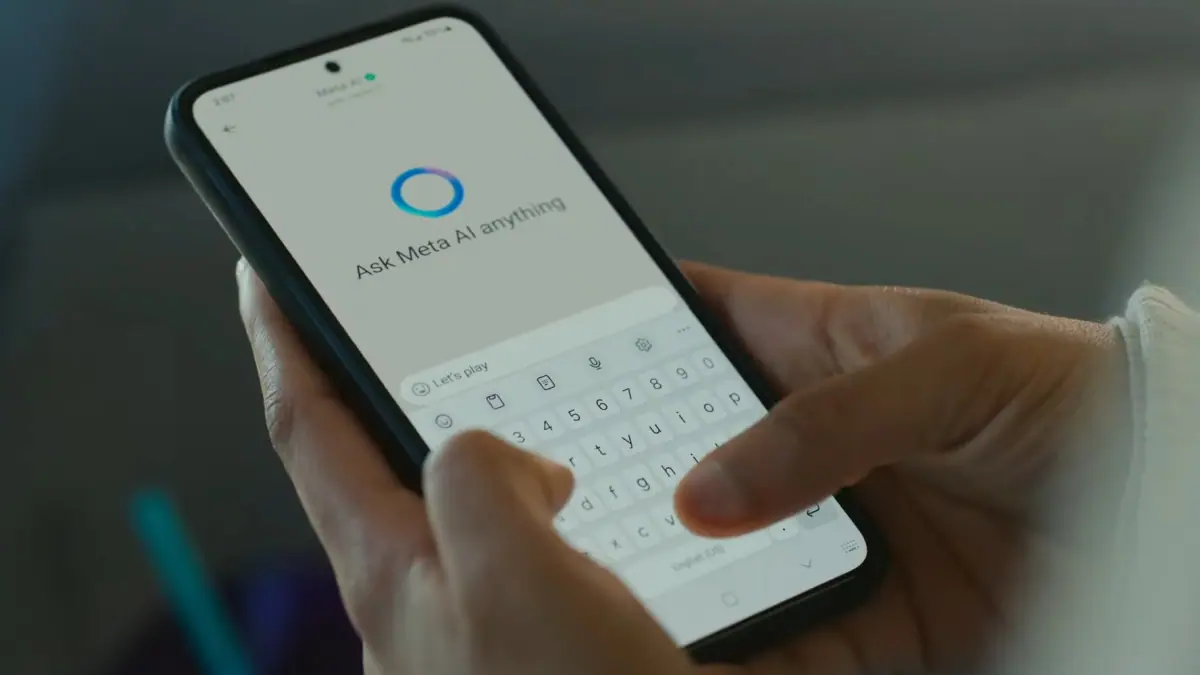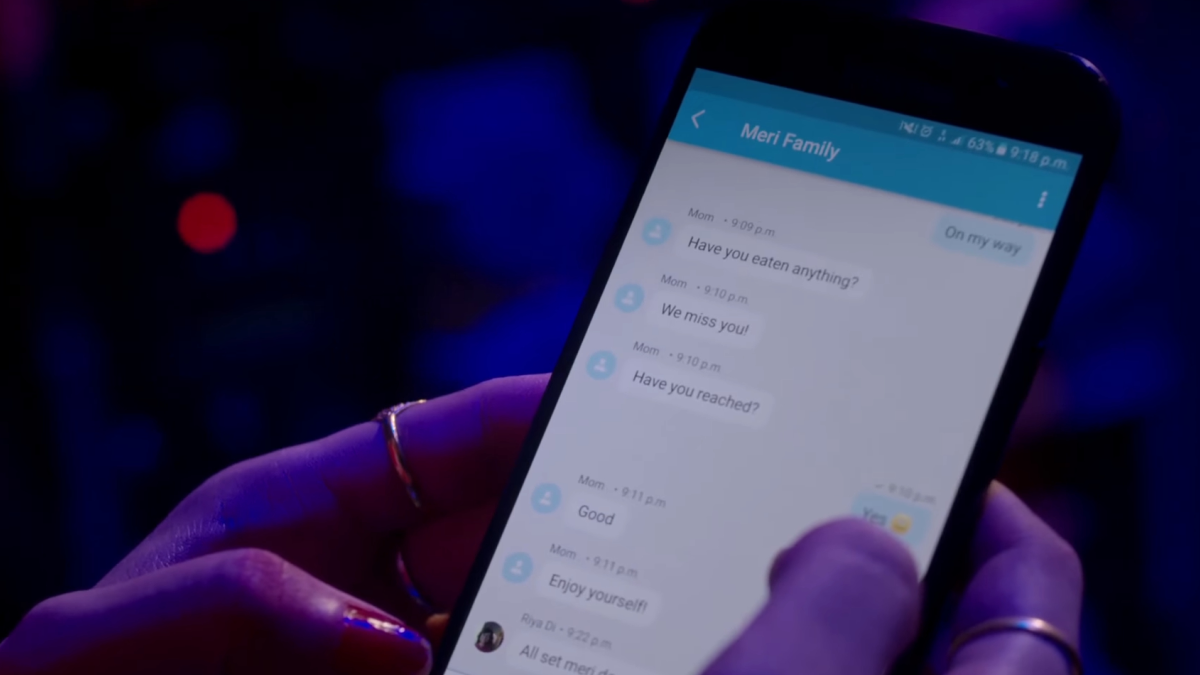You're no longer able to bypass Windows 11's CPU & TPM checks when upgrading
You can still purchase a $30 ESU to give it another year of life
2 min. read
Published on
Read our disclosure page to find out how can you help MSPoweruser sustain the editorial team Read more
Key notes
- Microsoft has removed the official workaround for upgrading unsupported PCs to Windows 11.
- The registry tweak allowing bypassing TPM and CPU checks is no longer supported after Windows 11 24H2.
- Windows 11 has gained 36.65% market share as Windows 10’s end-of-support date approaches.

Want to update to Windows 11, but your PCs are currently unsupported? Well, we may have some bad news for you.
Microsoft has quietly removed its official workaround for bypassing the Windows 11 system requirements for unsupported PCs. Originally, as folks over at Neowin spotted, the company offered a registry key tweak that allowed users to bypass CPU and TPM checks.
Initially, as Microsoft themselves said, you could make the tweak by modifying the registry at HKEY_LOCAL_MACHINE\SYSTEM\Setup\MoSetup, creating a DWORD value named AllowUpgradesWithUnsupportedTPMOrCPU with the value set to 1.
That workaround lets you upgrade to Windows 11 even though your PCs or laptops don’t meet the minimum hardware criteria and skips the TPM and CPU checks. But now, after Microsoft shipped Windows 11 24H2, its latest most AI-friendly version, Microsoft quietly deleted the support article that contains this workaround,
In Microsoft’s very own words, you should “verify that your device meets minimum system requirements before you choose to boot from media because it will allow you to install Windows 11 if you have at least TPM 1.2 (instead of the minimum system requirement of TPM 2.0).
“It will not verify that your processor is on the approved CPU list based on family and model of processors,” the company continues.
Windows 11 is slowly getting new growth as Windows 10’s end-of-support date in October 2025 is approaching. As of January 2025, Windows 11 has gained a 36.65% market share, while Windows 10’s share continues to decline, now at 60.33%
Or, maybe it’s Microsoft’s tactic to forcefully update and move users to Windows 11 instead. The Redmond company is now offering a $30 Extended Security Update (ESU) to give your Windows 10 PCs another year of life, but Office 365 apps on Windows 10 will also lose support on the same date.








User forum
0 messages